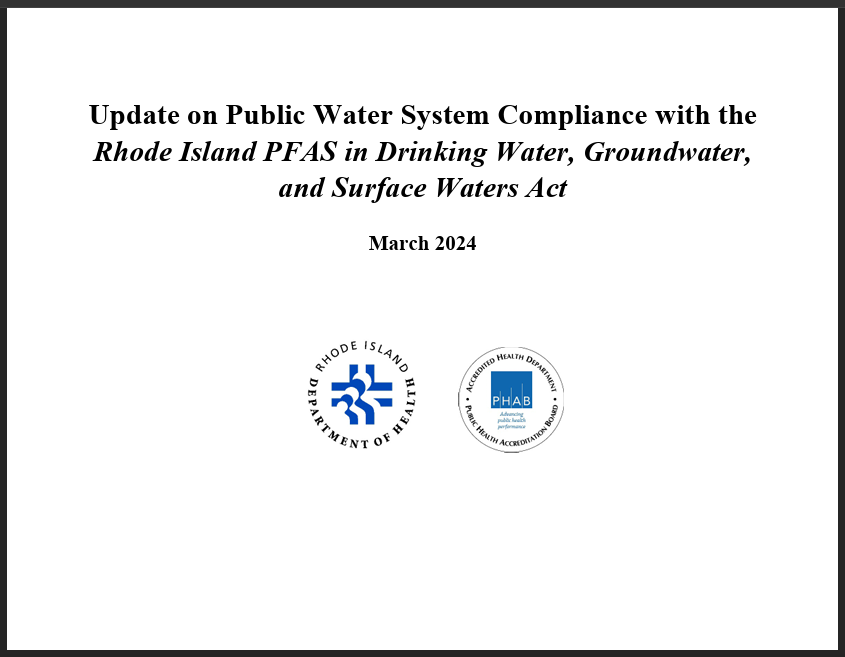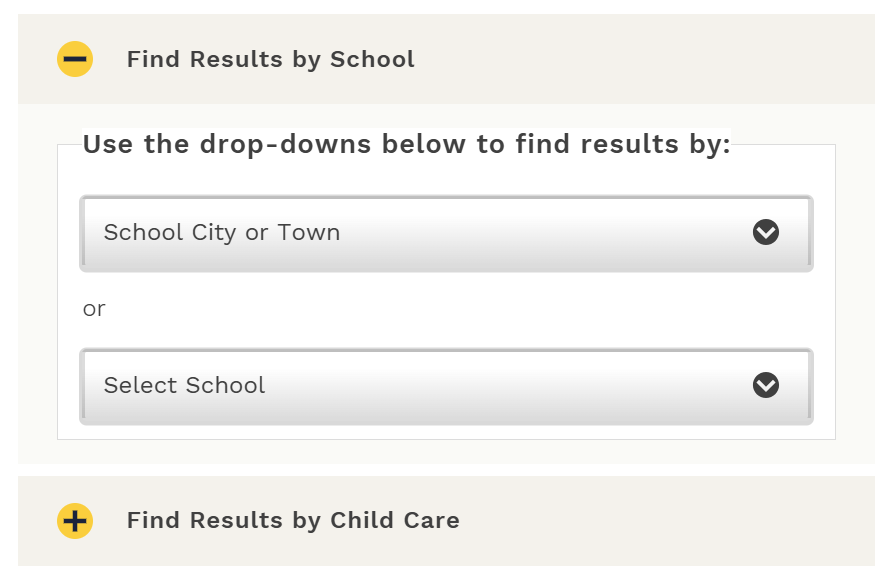Drinking water or potable water is water of such sufficiently high quality that it can be consumed or used without risk of immediate or long-term harm. Much of the water we consume requires some type of treatment before use. The extent of treatment depends on the source of the water. Both community and private sources of drinking water are susceptible to a myriad of chemical contaminants, biological pollutants and nuisance water problems that may vary depending on site conditions and other factors.
Health Impact
Reduction of waterborne diseases is a major public health goal. Parameters for drinking water quality typically fall under two categories: chemical/physical and microbiological.
- Chemical/physical parameters include heavy metals, trace organic compounds, total suspended solids, and turbidity.
- Microbiological parameters include Coliform bacteria, E. coli, and specific pathogenic species of bacteria, viruses, and protozoan parasites.
Chemical parameters tend to pose more of a chronic health risk through buildup of heavy metals although some components like nitrates/nitrites and arsenic may have a more immediate impact.
Physical parameters affect the aesthetics and taste of the drinking water and may complicate the removal of microbial pathogens.
Microbial pathogenic parameters are typically of greatest concern because of their immediate health risk.
Populations at Risk
In healthy adults most waterborne diseases can be temporarily debilitating, but generally are not life-threatening. However, for some people these illnesses can be severe or fatal. At-risk groups include people with compromised immune systems, infants, and the elderly, and pregnant women. In addition, some waterborne pathogens can lead to serious conditions in even the healthiest people. Such health threats include liver failure (Hepatitis A), kidney failure (E. coli), severe pneumonia (Legionnaires’ disease) and neurological conditions (Naegleria).
Sources of Contamination
The most common contamination of raw water sources is from human sewage and in particular human fecal pathogens and parasites. Threats to drinking water quality also come from animal and plant production agriculture, industrial activities and even activities around our businesses, residences, recreational areas and transportation systems. Some of the more common chemical pollutants include pesticides, fertilizers, petroleum products, and industrial solvents. Some problem organisms, including viruses, bacteria, protozoa and algae, cause nuisance problems with taste and odor while others are potential pathogens.
What you should do
Many U.S. citizens are becoming more concerned about potential health risks and nuisance problems associated with their drinking water. By learning how to identify and better understand health and nuisance problems in drinking water, the treatment alternatives to these problems and how you can prevent future contamination, you will help us to assure safe and adequate supplies of drinking water for the future. There are many resources throughout this website offering additional information about water safety, source protection, and water conservation. You can also visit the EPA or your water supplier website for additional information.



